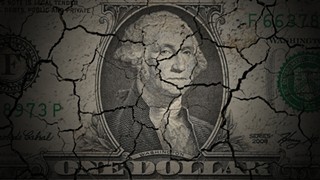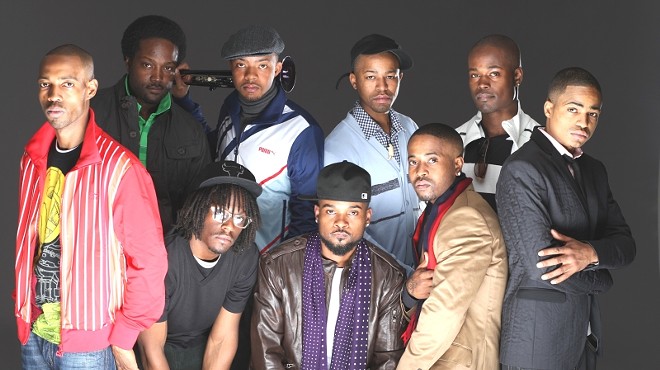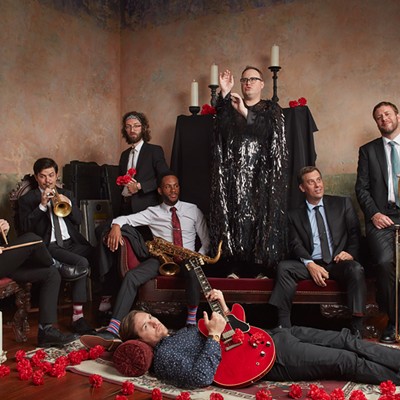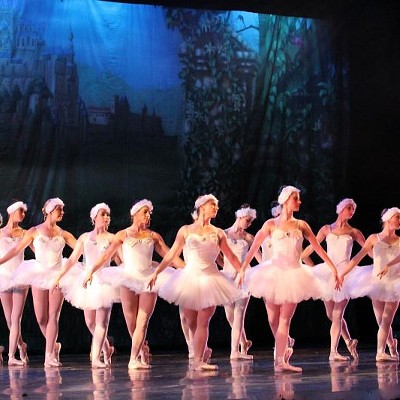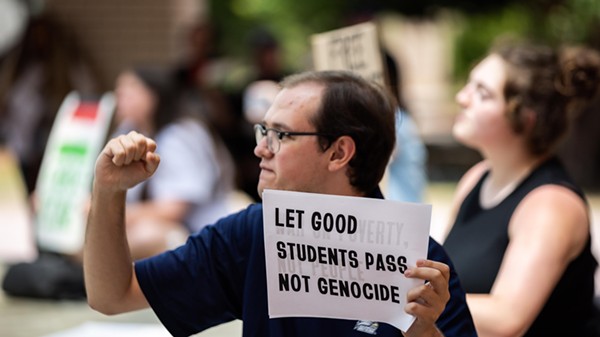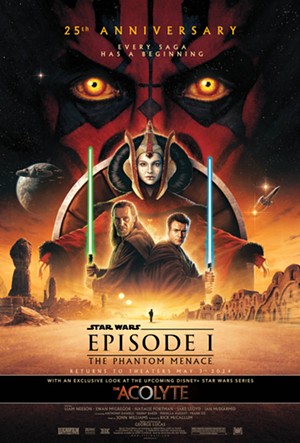The dollar is the most remarkable achievement in the history of money. Think of it — this piece of paper costs nothing to produce, there's nothing behind except the goodwill of Ben S. Bernanke and let's not forget the U.S. Congress. This piece of paper somehow still commands value and respect. — from "Money for Nothing"
A HUNDRED YEARS ago, history was changed by a small group of America's wealthiest men in a secret meeting on Jekyll Island, Ga.
Their creation, the Federal Reserve banking system — which critics say is neither federal nor a reserve nor a bank — has determined American monetary policy and market economics ever since then.
While technically not a central bank like many other countries have, the Fed performs the same functions and in some ways is much more powerful. Its members are unelected and answer to no voters. Its chairman is appointed by the president, but its actions are accountable to no one.
If the Fed wants to print money, it prints money. If the Fed wants to change interest rates, it changes interest rates. If the Fed wants to intervene in the stock market, it intervenes. If the Fed wants to create a bubble, whether in stocks or in housing, it bubbles away.
In the film Money For Nothing: Inside the Federal Reserve, narrated by actor Liev Schreiber, we see the evolution of the Fed from an entity mostly concerned with providing a backstop for smaller banks to a behemoth using the good faith of the U.S. dollar to underwrite the profitable risk-taking of the private financial sector.
We talked to director Jim Bruce about his film. Co-director Jared Rosenberg will appear at the 1 p.m. screening Oct. 31 at the Lucas.
It's suitable your movie screens on Halloween. This may be the scariest film I've ever seen.
Jim Bruce: One of my favorite quotes called it "a horror movie for smart people." People want to think that whoever is running the system knows what they're doing, that it's all based on something.
I do think the people at the Fed are well-intentioned people doing the best they can. We wanted to tell the story of the Fed's role in helping create the housing crisis and market collapse of 2008, and raise questions about what they were doing.
One of the things the film hits home is the reality that our economic power can vanish as suddenly as it appeared, after the royal houses of Europe collapsed during World War I. America doesn't have an unlimited amount of lives, economically speaking.
Jim Bruce: Exactly. There's nothing to say the system is going to last forever. What's different now is we're faced with competition from other countries. We were once the leading manufacturer. With globalization, other countries are coming in who can compete.
Our reaction has been to rely so much on our central bank — the Fed — to make up for downward pressure on wages for other reasons. We begin to rely more and more on the Fed for the financial part of our economy. We are now subsidizing the stock market and financial sector.
The Fed has now become a big player in the government debt market. The Fed owns almost twice the debt of China, the next largest holder of U.S. government debt in the world!
Your movie spends a lot of time on Alan Greenspan. Seems like he's the chairman who pushed the Fed's role into ensuring the profit of a narrow sector of financial interests.
Jim Bruce: He's quite a fascinating character. There are so many contradictions to Alan Greenspan. On one hand, he didn't believe in regulation at all. He didn't even believe fraud should be regulated — he said, the market will take care of it, they'll go out of business if they defraud customers. But on the other hand, everything he ever did on the monetary side was manipulating the market. He didn't see himself that way, and that's what's so fascinating.
We sort of live in his contradiction. We want to say we have a market economy, but when the market does try and lower stock prices and housing prices on its own, the Fed tries to keep prices up.
A chilling moment is when Greenspan testifies to Congress that people tapping home equity lines was propping up the entire U.S. economy. That was early on.
Jim Bruce: The Fed held interest rates low in the early 2000s to encourage homeowners to buy cheaply. The fallout from each failed bubble is worse each time. The consequences from the housing bubble were much bigger than the stock bubble. I worry now about much bigger consequences. What we have today is government putting itself on the line. There's no one to bail out the Fed or the U.S. government.
Is the recent shutdown and debt ceiling debate as part of this dynamic?
Jim Bruce: Yes. What you can't avoid is the fact that now the Fed is allowing the government to borrow a lot of money very cheaply, and has been for the last five years. The results might not be that different from the housing bubble.
The Fed's solution is always more. The only thing they can do is stimulate financial markets, so during every economic slowdown of the last 25 years, the response from government has been to stimulate the Fed to stimulate financial markets. They're on the path to doing more than they did even in the depth of the housing crisis. Their stimulus is greater right now!
But it seems to always be in the interest of the top few percent.
Jim Bruce: Since 2009, 95 percent of income gains went to the top one percent. Part of that increase is the role of our central bank.
The Fed doesn't create jobs, it doesn't manufacture things, it doesn't start building projects or create things for the public good.
The benefits go to those closest to the central banks: Those in the financial sector, biggest banks, biggest firms. It's a big subsidy to the wealthiest people and certain businesses.
We could be subsidizing education, paying teachers, investing in infrastructure and R&D. But we're subsidizing the financial sector through the Fed. They're not creating wealth, but protecting the illusion of wealth that benefits such a small sector.
If Greenspan comes across like a conflicted guru in your film, the most recent Fed chairman, Ben Bernanke, seems like a total buffoon. He jumped from one idea to the next with no clear reasoning at all.
Jim Bruce: You would hope and assume what they're doing is part of a grand strategy. But anyone will admit if questioned that what the Fed is doing hasn't been done before. They're experimental policies. They have models that suggest what might happen, but they don't really know.
I see in the short run why they think more is better. Bernanke always said the risk of not doing something is worse than the risk of not acting. But they don't have a long term plan. They always just forecast the economy returning to healthy growth.
Ron Paul ran for president chiefly on the platform of eliminating the Fed altogether. Yet he's usually portrayed in the mainstream media as a dangerous lunatic.
Jim Bruce: Ron Paul has had a good argument. All along he's been the guy pointing out problems with the Fed for years. But I feel like he hasn't presented the argument as well as he could. What I try and do in the film is not go as far as saying we need to get rid of the Fed, but to take the Fed on in its own terms. To look at their policies and ask are they successful on their own merits or not.
To some degree the Ron Paul people demonize the Fed. In our film we're not demonizing the Fed, but looking at it with open eyes. If you look at the metrics, they're supposed to encourage stability, I would say we've had the opposite.
Ron Paul has been right to question, but his solution is to pretty quickly get rid of the Fed. I don't know how you would implement that. We need to have a much better Fed with smarter policies. As a country we just need to ask them to do different things.

